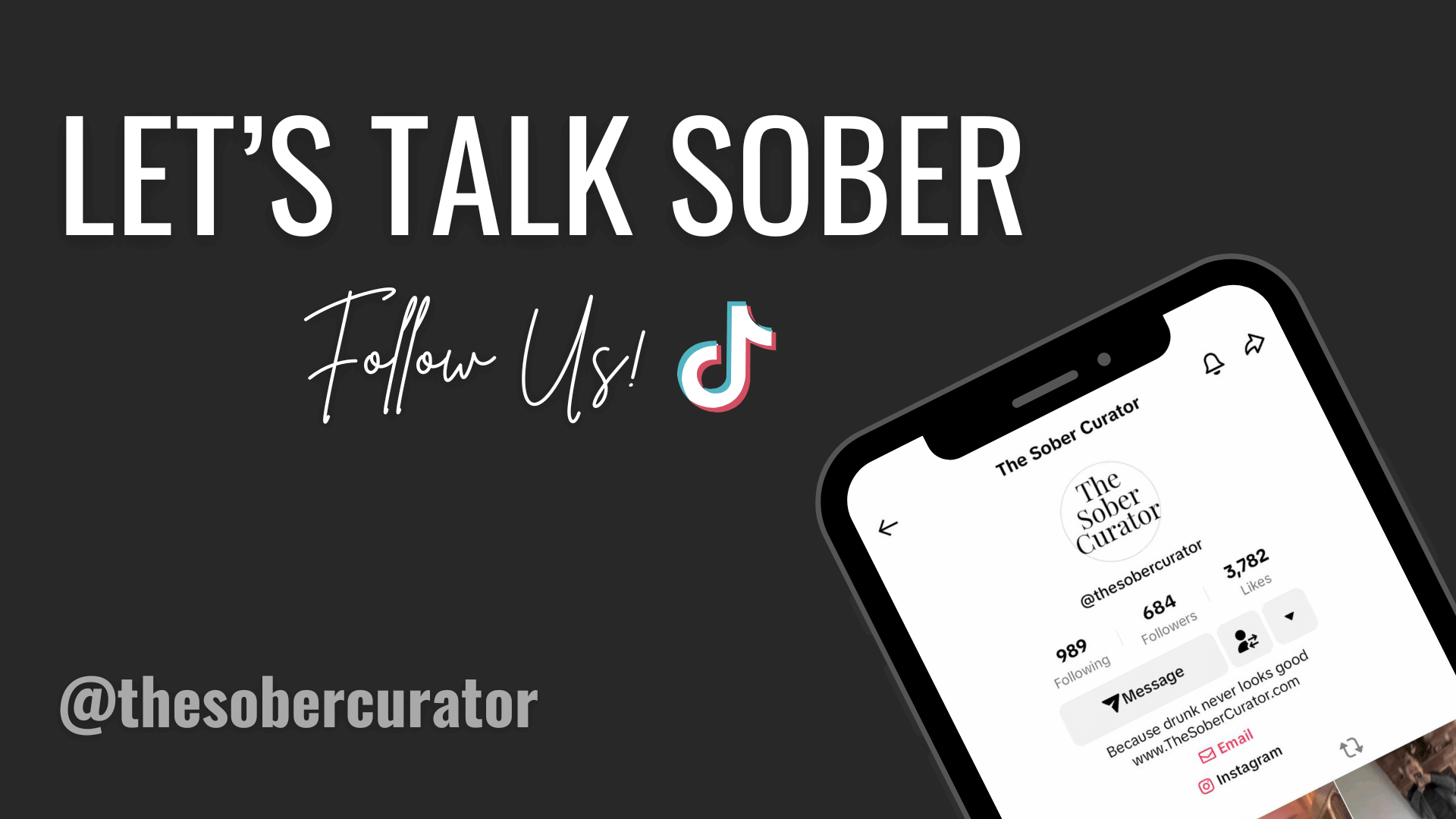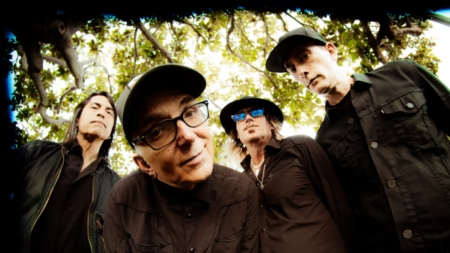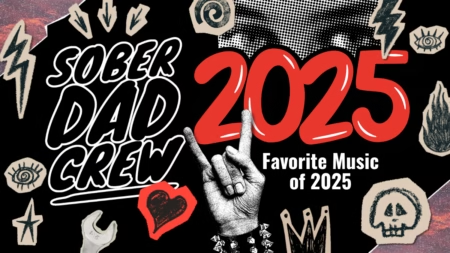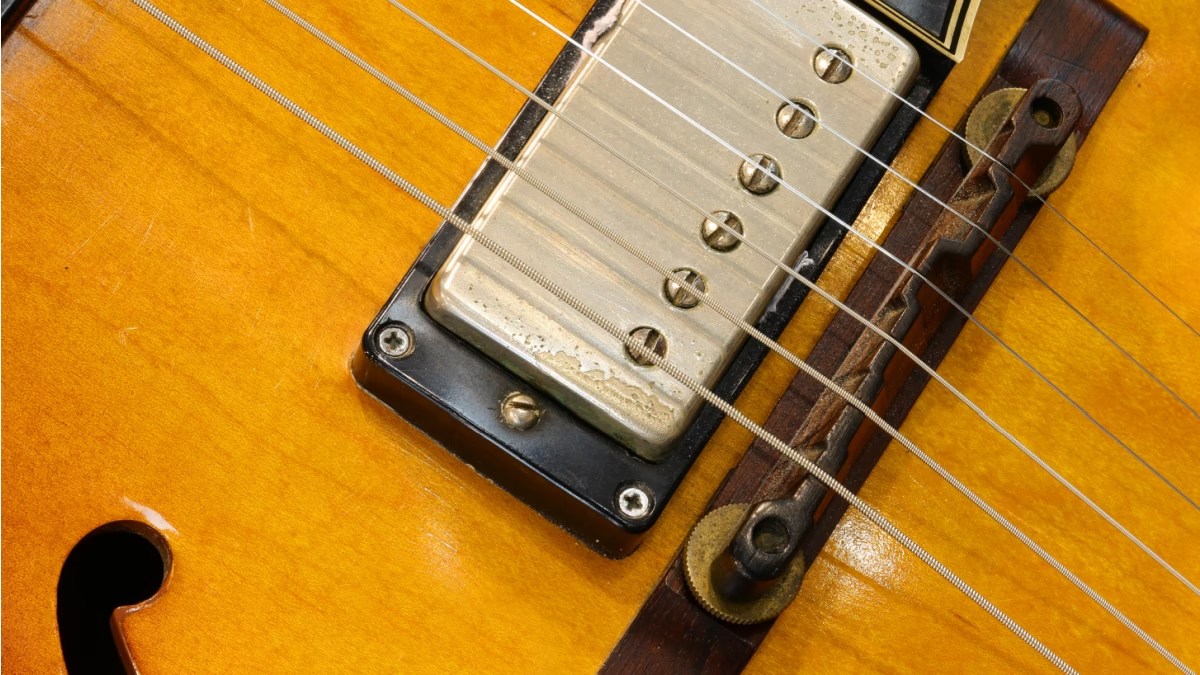
Every guitar carries a story. Some are born in the workshop of luthiers, where the air was filled with cedar and spruce, and those that are discovered second hand, with their decades of fingerprints, sweat and remnants of songs that are long forgotten. Musicians who take them up pay little attention to the little scrap of stuff that lies at the bridge–the saddle. But it is this little item, barely visible to the naked eye, which bears the weight of getting the vibrations produced by the strings to the instrument body. And without it, the guitar is silent.
The saddle is a lesson in itself: that the simplest things may be the most significant. Like in life, where minor daily routines establish a background of good health, the saddle either makes the voice of a guitar sound like muddy water or a bright morning. It is so simple, yet it seems so simple, that it makes us remember how beautiful things can be, and we barely notice them.
A Bridge of Wood and Wire.
The essence of the saddle is that it is a mediator. It does not require attention but instead directs energy, driving the vibrating strings into the wooden body, where one of the vibrations is transformed into a resonance. This gesture of crossing over resembles millions of relationships in our lives: the non-judging therapist. This silent friend became the keeper of our secrets, the sober community that provides a voice for those who had long been stifled. These bridges do not have to be in the limelight, but they help the music of life.
The saddle is a piece of wood that gives the instrument its sound when we play a guitar by plucking the strings. Similarly, recovery and wellness are also frequently reliant on such nuanced translations, where the body sees rest as recovery and the mind sees stillness as tranquility. The guitar saddle is transformed into a symbol of congruence, representing that comfortable location where force is then united with mission.
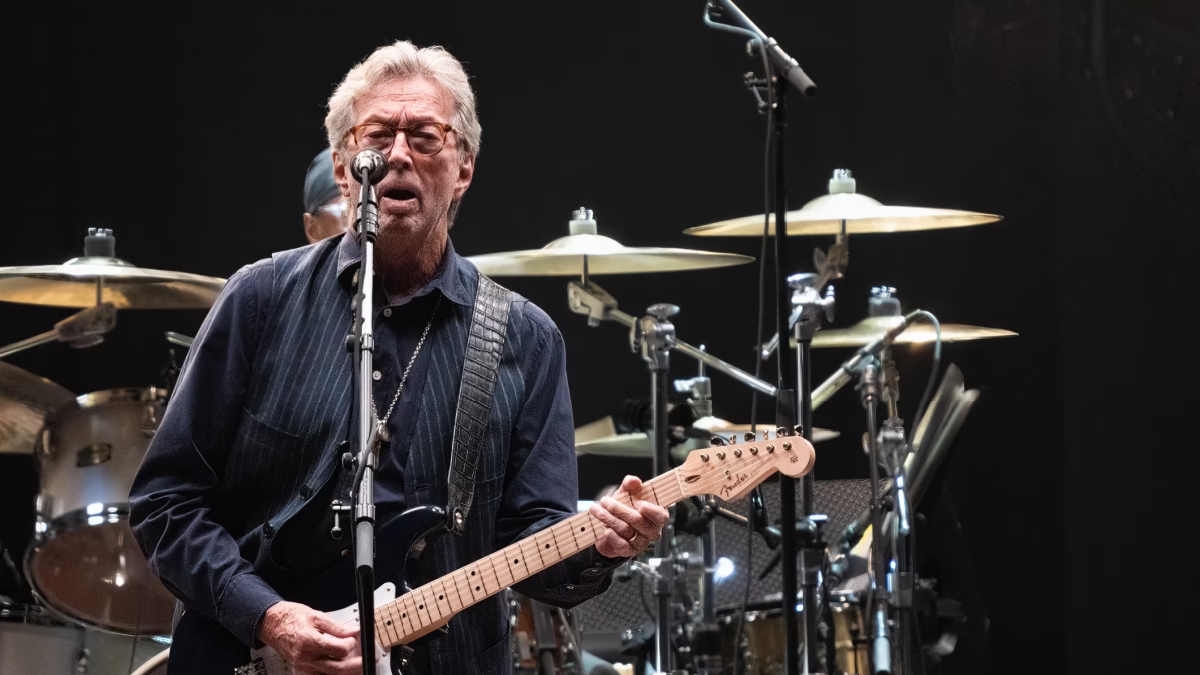
The Saddle, Pop Culture and Sound Identity.
Historical figures like Eric Clapton (who is also sober), Joni Mitchell, Prince, and John Mayer (also sober) have been meticulous on their instruments. The world listens to their talent and believes that the power of their playing is not only due to their talent or their expensive guitars. But the back of the stage lights is obsessed with details.
Clapton just glows with the acoustics due to the bone saddles that have been wisely placed to balance the warmth and bite. Mitchell discovered that compensated saddles gave her tunings their clarity, since her chords were not allowed to lapse into dissonance. Even Prince, who was flamboyant and untamed in his performance, depended on the accurate preparation, where the height and shape of the saddle enabled him to dance wildly without losing tone.
The saddle in pop culture serves as a reminder that behind every great thing is preparation that we often do not see. The sobriety journey is synonymous with this fact: all the world views are strength, composure, creativity, and joy, but behind the scenes are the millions of small changes that can and do facilitate it. The presence of the saddle is seldom noticed, so are the daily practices of the people in the recovery yet their effects cannot be measured.
Saddles and Sobriety: Doing the Right Thing.
The sense of bad action can be familiar to all guitarists when the strings are too high or too low on the fretboard. It is excruciatingly painful, too intimate, when the fingers are aching with every touch of the key. Below that, the strings are rubbing on the frets, and all gumming up the tone. The saddle is what determines this balance, which offers a narrow edge between tension and liberation.
There is something very heartening in this balance. Sobriety does not concern extremes, but rather there is a place where life is playable. Excessive pressure and the stress of expectation kill the spirit. Excessive freedom and anarchy are back. Sobriety, like the saddle, demands modifications–a little sanding here and there; much fussing with the lines; always trying until you think you are level. The guitar teaches a valuable lesson: it is comfort and clarity that come with learning to be in the middle, not to push or neglect, but to achieve harmony in our hands.
Saddle as a Symbol of a Healthy Psychosocial State.
Mental wellness does not thrive in the melodramas but in the silences. As the saddle is small relative to the body of the guitar, so are the habits that form well-being. Writing just one or two lines in a day, being mindful, eating more healthfully, talking to a support system- all these things seem as inconsequential as a piece of bone in a piece of wood. But united, they enable the greater instrument of life to have a focus.
Various Products Made with Accuracy
The saddle is a reminder of the virtual closeness of music in an era where it is often digital, sampled and edited. Fractions of millimeters of the position of a saddle can shift the intonation and transform the whole character of a chord. Freedom and discipline are the ingredients of creativity. Musicians can experiment with crazy improvisations, but the intonation gets out of control without the saddle holding it together, and the performance falls apart.
Recovery resonates with this same fact. Discipline is essential to creativity. Only after revering the pillars of self-care, organization, and responsibility, can a sober artist find new layers of creativity. It is paradoxical in the saddle as the only way one can be free is through respecting balance.
The Historical Weight of Little Things.
The development of saddles has occurred. Simple bone or ivory was commonly used in early guitars, as those were easily available. Technology progressed, and synthetic saddles, such as Tusq, were proposed, which ensured consistency and durability. Those transformations reflect cultural developments in our perception of progress: convention was venerated, but change was welcomed.
This development is not new to those who negotiate sobriety. Recovery is a matter of paying tribute to the past for what we have been, and adopting new tools to keep it growing. In the same way that luthiers switched their use of ivory to sustainable materials, individuals in recovery frequently switch their destructive coping mechanisms to healthier ones. The guitar saddle is a testament to centuries of adaptation, and human resilience is a reflection of centuries of wisdom.
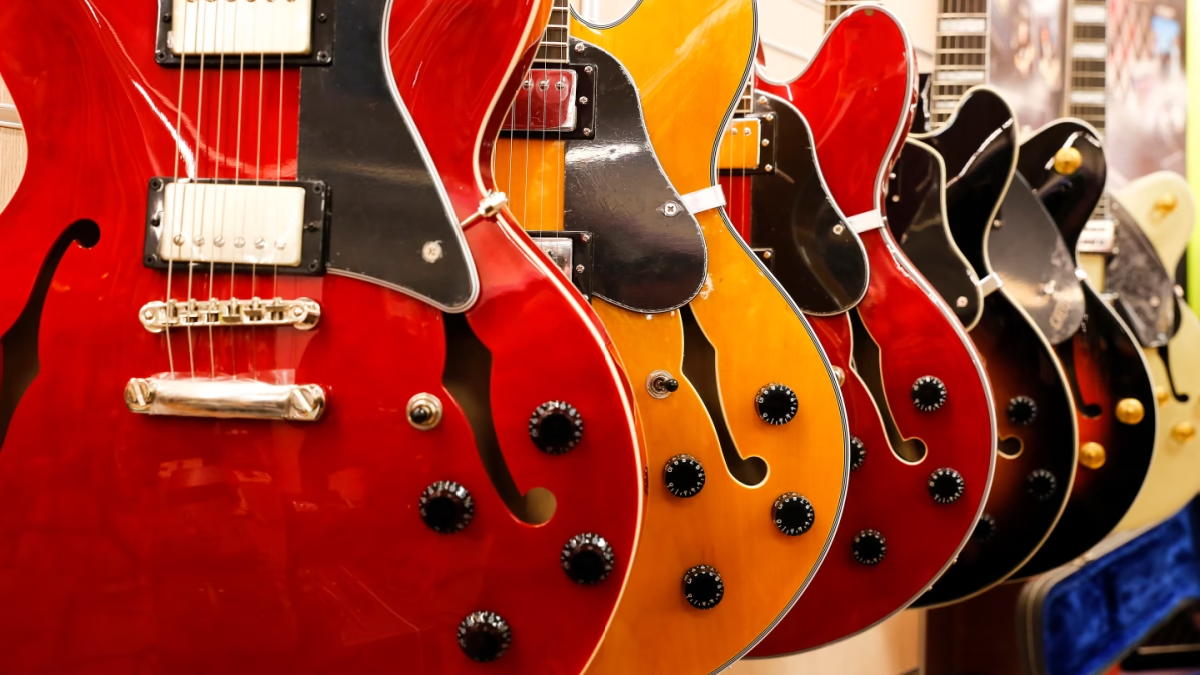
The Guitar as a Stress Reliever.
This is why there is a plethora of guitars in recovery areas, wellness seminars, and counseling groups. Plucking a chord has the power to set the feelings that words cannot. These vibrations, which go through wood and wire, are grounding, a reminder of being and in that instrument, the saddle makes the sound true and right.
Even when the instrument is in the hands of a fine player, a guitar that is fitted with a bad saddle will not sound right. Similarly, by overlooking the key elements of mental health, we may find it difficult to be our true selves, even the most gifted of us. The saddle demands humility: greatness is not just what we present to the world but what we, in silence, concur with.
Conclusion
The guitar saddle is a lesson of humility, harmony and silent strength. It demonstrates that many great things lie in the details, that clarity can be achieved through attention to alignment, and that even the most overlooked elements define the beauty of the entire piece.
The saddle is more than a piece of hardware to a community where sobriety, wellness, and authenticity are treasured values. It becomes a mirror, in which the truth about recovery is reflected in the details that go unnoticed, the choices whose celebration is quiet, and the habits that seem so banal yet mean everything.

PLAY IT AGAIN is The Sober Curator’s curated playlist of sobriety anthems—songs that capture the essence of recovery journeys and lift the spirit. From timeless classics to modern hits, these tracks inspire, heal, and motivate, no matter what genre of choice. Each song is handpicked for its power to transport you to another state of mind and remind you why living alcohol-free rocks.
Got a favorite sobriety theme song? We want to hear it! Send your picks to thesobercurator@gmail.com and help us keep the playlist growing.
MUSIC: 18 Top Sober Musicians You’ll Want To Put On Repeat
Music has the power to touch people in ways that words alone cannot. It has the ability to lift our spirits and provide a form of escape, even if only for a moment. Some musicians have chosen to lead a sober lifestyle and have used their talent and platform to inspire others and raise awareness about the importance of sobriety.
HERE is a list of 18 sober musicians who have made significant impacts in the music industry.
Your Go-To Guide for All Things Recovery & Sober Living
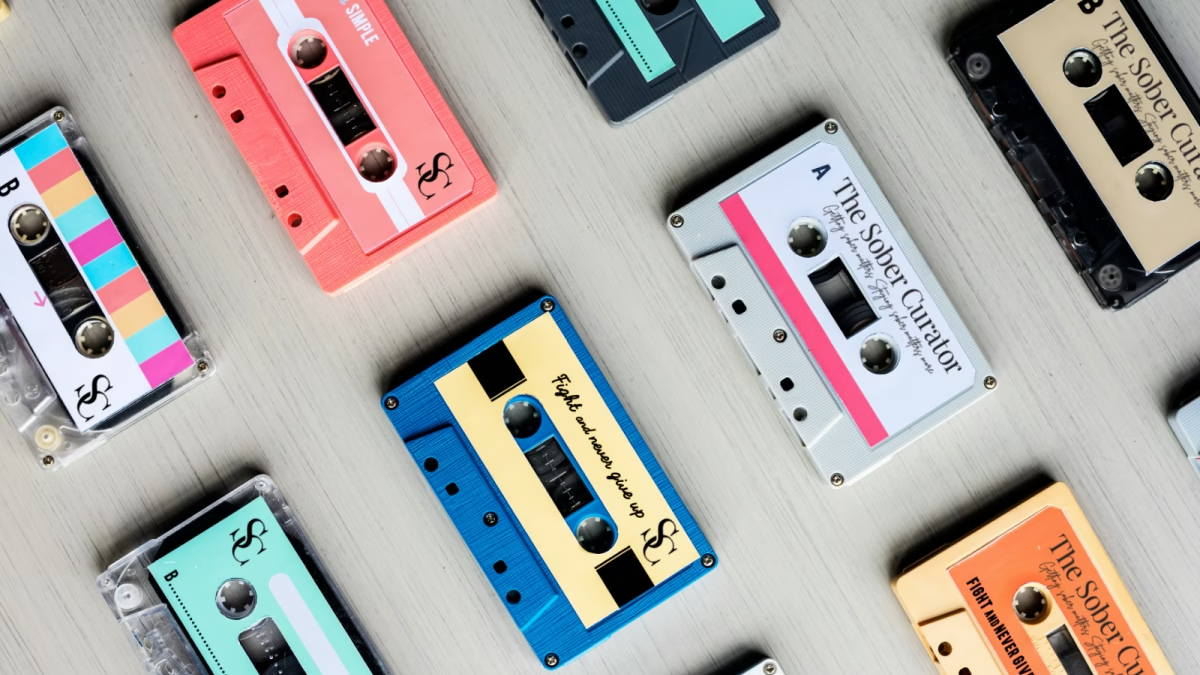
The Sober Curator’s PILLAR Content Hub is your one-stop guide for sobriety resources, addiction recovery resources, and sober living tips. From non-alcoholic drink guides to sober travel, entertainment, and lifestyle inspiration, our curated cornerstone articles are regularly updated to keep you informed, inspired, and connected. Whether you’re in recovery, sober curious, or supporting someone you love, this hub offers the sober lifestyle guide you’ve been looking for.

SOBERSCRIBE NOW!
Resources Are Available
If you or someone you know is experiencing difficulties surrounding alcoholism, addiction, or mental illness, please reach out and ask for help. People everywhere can and want to help; you just have to know where to look. And continue to look until you find what works for you. Click here for a list of regional and national resources.
